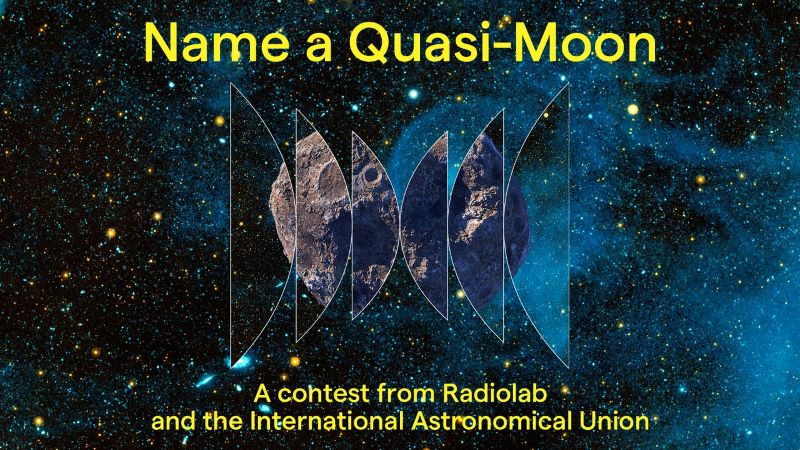IAU asks for potential names for Earth's quasi-moon

Submissions are now being accepted for a contest to formally name one of Earth's quasi-moons, organized by the International Astronomical Union and the science podcast Radiolab.
“For millennia, people across the globe have built deep connections to objects in the night sky, assigning them names and stories imbued with their cultural heritage and understanding of the world. Naming campaigns highlight these connections and provide the global public with a chance to have their creativity embedded in the cosmos,” read the announcement, which was also shared by PAGASA on its Facebook page.
Quasi-moons are asteroids that also orbit the sun in a path similar to that of a planet like Earth, seemingly also orbiting a planet like a secondary moon despite not being affected by its gravitational pull.
According to The Planetary Society, a non-profit space organization, quasi-moons are asteroids that act similar to moons by orbiting the sun like a planet.
Earth has seven known quasi-moons.
After hundreds or thousands of years, a quasi-moon would switch into other orbits that would not align with the planet.
Latif Nasser, Radiolab co-host, was responsible for naming a quasi-moon for Venus after flagging a typo on the map of the solar system.
“We’re excited to bring people together around something that unites us across time zones, national borders, languages, and all manner of differences—our shared sky. I had so much fun helping to name Venus’s quasi-moon Zoozve that I wanted the whole world to get that same chance. This time, it’s for a quasi-moon of Earth – one of ours!! I can’t wait to hear the names people come up with for our weirdo rockstar neighbor and, even more importantly, engage a global audience in the joy and wonder of science!” said Nasser.
People may submit a name and a short description or citation through the competition website (http://radiolab.org/moon) until September 30.
A total of 10 finalists will be announced in November and will undergo popularity voting until the end of December.
The winning name will be announced by the IAU in January 2025.
“Naming campaigns such as these draw in the public to examine how science relates to their cultural context. Moreover, this collaboration affords us an international stage to discuss asteroids, the class of objects to which quasi-moons belong. As astronomers, it’s our responsibility to engage the public with this branch of science, to explain their role in our Solar System and to combat misinformation,” said IAU Working Group for Small Bodies Nomenclature Secretary Gareth Williams. —VBL, GMA Integrated News




